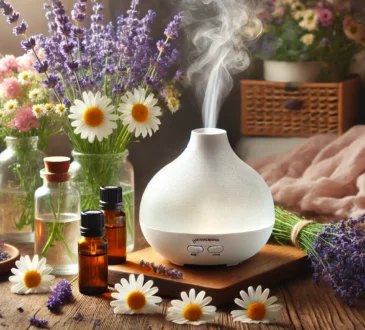
How to Stop Urine Drops After Urination: Remedies and Tips for a Stronger Bladder
Introduction
Experiencing urine drops after urination, also known as post-micturition dribbling, can be inconvenient and embarrassing. This condition can result from weak pelvic floor muscles, an overactive bladder, or other underlying issues. This guide will provide remedies and tips to help stop urine dribbling and strengthen your bladder for better control.
Remedies and Tips to Stop Urine Drops After Urination
- Pelvic Floor Exercises (Kegels):
- Benefits: Strengthen the muscles that support the bladder and urethra.
- Instructions:
- Identify your pelvic floor muscles by stopping urination mid-stream.
- Contract these muscles and hold for 5-10 seconds.
- Relax for 5-10 seconds.
- Repeat 10-15 times, three times a day.
- Double Voiding Technique:
- Benefits: Ensures the bladder is completely emptied.
- Instructions:
- After you finish urinating, wait a few seconds, and try to urinate again.
- Lean forward slightly to help empty the bladder more completely.
- Bladder Training:
- Benefits: Improves bladder control and reduces frequency of urination.
- Instructions:
- Schedule bathroom visits at regular intervals (e.g., every 2-3 hours).
- Gradually increase the time between visits by 15 minutes each week.
- Fluid Management:
- Benefits: Prevents bladder irritation and promotes urinary health.
- Tips:
- Drink adequate water throughout the day, but reduce intake in the evening.
- Avoid bladder irritants like caffeine, alcohol, and spicy foods.
- Maintain a Healthy Weight:
- Benefits: Reduces pressure on the bladder.
- Tips:
- Follow a balanced diet and engage in regular physical activity to maintain a healthy weight.
- Avoid Constipation:
- Benefits: Prevents additional pressure on the bladder.
- Tips:
- Eat a high-fiber diet including fruits, vegetables, and whole grains.
- Stay hydrated and exercise regularly to promote healthy bowel movements.
- Timed Voiding:
- Benefits: Trains the bladder to empty at specific times.
- Instructions:
- Set specific times for urination throughout the day.
- Stick to the schedule, gradually increasing the time between bathroom visits.
- Proper Toilet Position:
- Benefits: Helps empty the bladder more completely.
- Tips:
- Sit comfortably on the toilet, leaning slightly forward with feet flat on the floor.
- Take your time and avoid rushing the process.
- Perineal Massage:
- Benefits: Stimulates bladder emptying.
- Instructions:
- Gently press on the area between the genitals and the anus after urinating.
- Use circular motions to help stimulate any remaining urine to pass.
- Stay Active:
- Benefits: Promotes overall health and supports bladder function.
- Tips:
- Engage in regular physical activity like walking, swimming, or yoga to strengthen muscles and improve circulation.
- Bladder-Friendly Diet:
- Benefits: Reduces irritation and promotes bladder health.
- Tips:
- Consume foods rich in vitamins and antioxidants, such as berries, leafy greens, and whole grains.
- Avoid foods that can irritate the bladder, such as citrus fruits and tomatoes.
- Herbal Remedies:
- Benefits: Support urinary health and reduce symptoms.
- Examples:
- Saw Palmetto: May improve urinary symptoms and bladder control.
- Pumpkin Seed Extract: Known to support bladder health.

When to Seek Medical Advice
- If you experience persistent or severe symptoms, consult a healthcare professional. Conditions like urinary tract infections (UTIs), prostate issues, or neurological disorders may require medical intervention.
Conclusion
Experiencing urine drops after urination can be managed and improved with a combination of exercises, lifestyle changes, and natural remedies. By strengthening your pelvic floor muscles, practicing bladder training techniques, and adopting a bladder-friendly diet, you can achieve better bladder control and reduce post-urination dribbling. Incorporate these tips into your daily routine to promote urinary health and enjoy a higher quality of life. If symptoms persist, seek professional medical advice for further evaluation and treatment.




